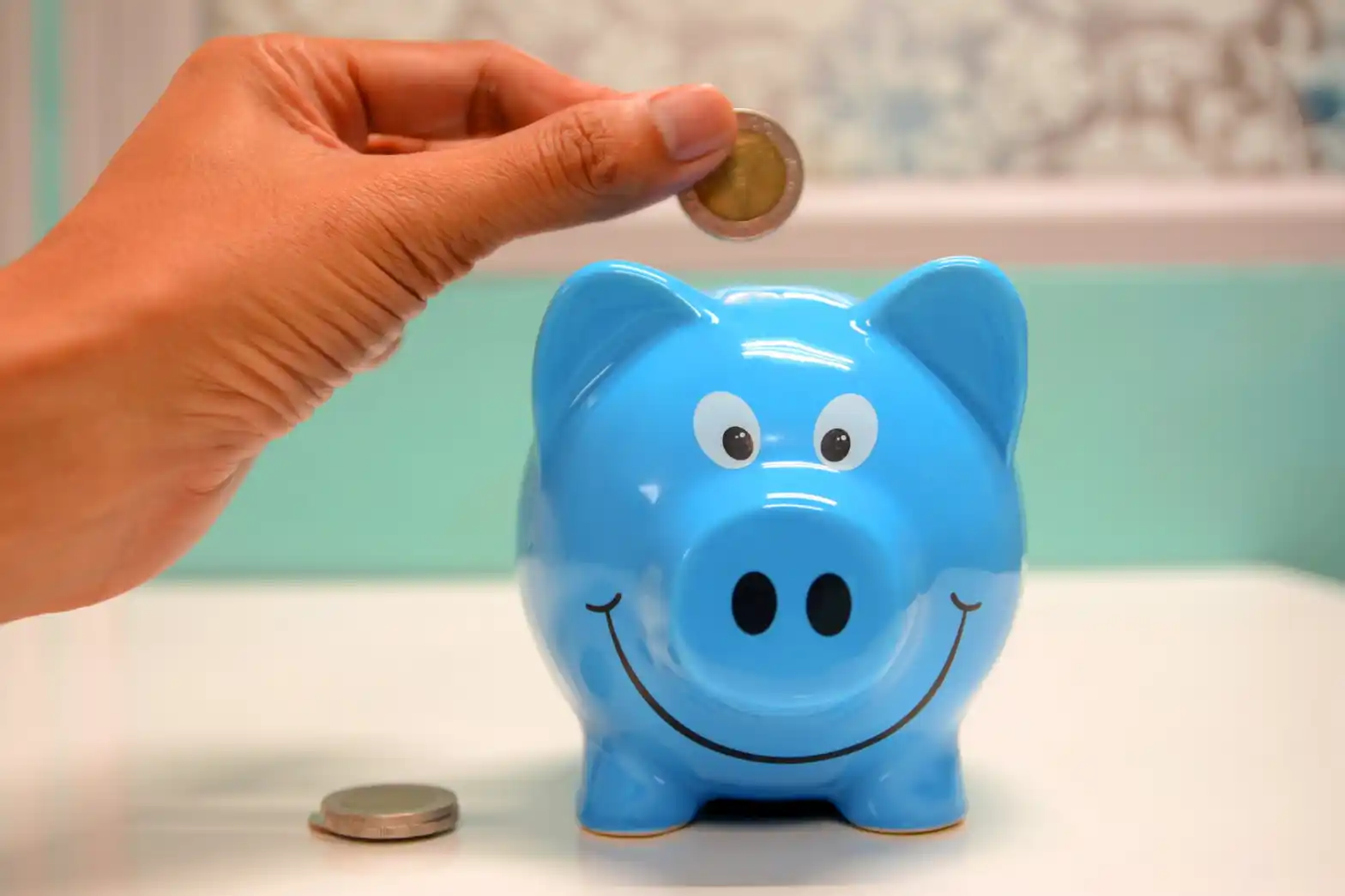A thousand pounds may not seem like much, but you have been disciplined enough to save it, and now you are ready to invest. I applaud you for that! Your £1,000 is a fantastic start in building toward long-term financial freedom. If you are unsure how to invest your first £1000, this post is for you.
Today I will share how I would invest my first £1000 if I were in your shoes. But before then, let’s discuss your investment goals and risk appetite.
Identify your Investment Goal
Before starting your investment journey, it is essential to identify your investment goals. The first questions you want to ask yourself to identify your investment goals are as follows:
- Why do I want to invest the money, and what do I want to achieve with the money?
- Am I looking to get something back in terms of income from this £1000, or am I looking to grow wealth for the future?
- Is it the beginning of my investing journey?
- Am I going to be adding more to it so that I can grow wealth?
- Is this towards my pension and retirement?
These questions would help you to identify your investment goals.
Know Your Risk Appetite
You would also consider if you like low-risk, medium-risk, or high-risk investments. For example, If the £1000 reduces in value which can happen with investments, would you be crying and depressed? If the answer is yes, then you have a low-risk appetite.
For medium-risk appetite persons, you are somewhere in the middle. You have the mindset that even if you lose a little bit of the £1000, it is not the end of the world; yet you would rather not lose everything. You would like to make some decent returns on your £1000.
On the other hand, high-risk persons do not care much if they lose money. They believe that even if they lose it, they can make another one again. Therefore, they look for high-risk investments that can make higher returns in a short time.
Once you know your investment goals and risk appetite, it is time to start investing.
So if I were in your shoes, how would I be investing my first £1000? Take a look at these scenarios.
Scenario 1: Low-risk appetite with an Investment goal to grow wealth
In this case, I would put 70% of the money into bonds and 30% into funds. So out of the 70% for bonds which is £700, £500 will go into government bonds, and the remaining £200 will go into corporate bonds.
Government bonds in the UK are called Gilts. It means you are loaning money out to the UK government. It is a safe investment because you will not likely lose your money. You can buy gilts on many government platforms in the UK like Vanguard, Hargreaves Lansdown, AJ Bell Youinvest, etc.
Then I would put the remaining £300 into ETFs (Exchange Traded Funds). ETFs are funds traded on the stock exchange, allowing you to invest in various companies. Investing in ETFs helps you to spread your risk.
I will go for an Exchange Traded Fund that tracks a particular index like the FTSE 100 (an index in the UK that follows the top 100 companies operating in the UK). I could also go for an ETF that tracks the S&P 500 (an index that tracks the top 500 companies in the UK).
Scenario 2: Medium-risk appetite looking to grow wealth
In this scenario, I would put £500 of that £1000 into bonds and the remaining £500 into funds. While putting my money into funds, I would ensure some goes into Exchange-traded funds and some into mutual funds.
Mutual funds are not traded on the stock exchange. Still, they are also funds like ETFs that allow you to invest across different companies. So I will put £200 in mutual funds, and £300 will go to ETFs.
Out of the £500 allocated to bonds, I would put £300 into corporate bonds and £200 into government bonds.
Scenario 3: High-risk appetite looking to grow wealth
In this case, I will put 80% of my money into funds and 20% into bonds. So for the 80% allocated to funds, I will put £600 into mutual funds, and £200 will go into ETFs. Then I will put the remaining last £200 into corporate bonds.
Scenario 4: Pension goals
Suppose my investment goals are majorly for retirement purposes. In that case, I will put all £1000 into investments via my Self-Invested Personal Pension (SIPP) account so that the money will no longer be accessible to me. The money will always remain in my pension account even if I sell the investment.
The Self-Invested Personal Pension (SIPP) account is the best if you want to invest your first £1000 into a paper investment to prepare for your pension years.

Photo by Edu Carvalho on Pexels.com
While investing towards retirement, do not forget to follow still the low-risk, medium-risk, and high-risk appetite theories.
About stocks and shares…
You may be wondering why I have not mentioned stocks and shares. Well, the answer is simple. £1000 is not a lot of money; if I had to put that money into individual companies, one or two companies would wipe away all of my money.
For instance, Amazon shares are going for over €3000 while Tesla shares are over €600. So investing my £1000 in these companies will either mean I won’t be able to buy any shares at all or end up with one or two units of shares.
However, If I do it through funds, I can spread myself across different shocks and shares, thereby reducing my risk exposure. And that is why I have chosen to only invest in funds and bonds.
I hope I have given you an insight into how you can invest your first £1000. It doesn’t even have to be your first £1000. It could just be the £1000 you have right now.
If you want to know my choice of bonds and funds that have proven reliable and performed well over the years, then you need to send an email to ronkeodewumi@gmail.com to join my follow-the-leader session.

Photo by cottonbro on Pexels.com
I will hold your hands during this session and guide you on your investment journey.
Till next time.
Love.
Ronke O.

